Ofelia Plads Live
/This is the first full summer for events on the new public space on the harbour at Ofelia Plads in Copenhagen.
notes, reviews and photographs about current design, design shops, cafes and restaurants and exhibitions and galleries in Copenhagen
news, notes, photographs and thoughts about design, architecture, planning and townscape and exhibitions in Copenhagen
This is the first full summer for events on the new public space on the harbour at Ofelia Plads in Copenhagen.
In any major city, industries change or the way that utility services are provided have to adapt or are modernised and substantial and striking buildings can become redundant.
In Copenhagen many of these industrial buildings have been converted in an imaginative way to become housing or major gallery spaces for exhibitions or have become venues for concerts or theatre … buildings mentioned here recently include the former locomotive works that are now an exhibition hall - used for Finders Keepers and the installation by Hiroshi Sambuichi in The Cistern - an imaginative conversion of an underground water reservoir in Frederiksberg that is now a dramatic gallery space.
Many of the buildings are not just striking or unusual but are normally exceptionally robust - they were built well and built to last - and some were designed by well-established or well-known architects and engineers so, from that point of view alone, they merit being retained but in reality that means justifying the cost by finding new uses.
It seemed worth starting an occasional series of posts here about some of those buildings.
The water tower at Jægersborg is on a high point above the city - about 12 kilometres to the north of the city centre and close to the rail line and Jægersborg suburban station. Designed by Edvard Thomsen and completed in 1954, it has a large circular water tank supported on a complicated and tight arrangement of concrete columns with 12 outer columns and 6 inner columns forming an inner hexagonal pattern of cross beams.
The initial scheme included a plan for apartments but it seems the idea was abandoned because of noise pollution.
An extensive remodelling of the tower by Dorte Mandrup Arkitekter was completed in 2006 to provide leisure facilities on the three lower levels and student housing above. Accommodation is in pods with bed-sitting rooms with large, full-height windows angled to make the most of the views and the sunlight.
Comparing maps of Copenhagen from the 18th century or the 19th century with modern maps, you can see just how much of the city is built on land claimed from the sea. These interventions with extensive engineering works started in the late 16th and the early 17th century as naval dockyards were constructed on either side of Borgen - the royal castle that is now the parliament building but was then an imposing fortified building on an island just off shore from the wharves of the town along Gammel Strand.
Then, in the 1620s, Christianshavn was built up in the water between the castle and the island of Amager to the south - closing in almost 2 kilometres of the sea between the old city and the island - and the naval yards were moved to that side of the harbour … to the sea-ward side of Christianshavn.
At first these naval facilities were little more than sheltered moorings that were enclosed and protected by outer defences but over the subsequent decades and in the next century islands were formed inside the defences and permanent buildings were constructed … many of which survive.
Commercial wharves and large buildings for industry and utilities - the first power stations, railway yards, gas works, pumping stations and sewage works of the city - were nearly all built on land claimed from the sea. The harbour below Langebro is still a wide and impressive channel of water but nowhere near as wide as the original bay before coal yards, a meat market and then a power station were all built on new land out from the natural shore line.
And this process - pushing the shore line outwards or constructing new islands - includes all of what is now Refshaleøen at the top north end of Amager.
Then, inevitably, over years or decades, an industry or the economy changes and even large companies fail or move on and away - in the case of the great concrete sheds for the Burmeister and Wain shipyards at Refshaleøen, they were in full use for only around 30 years - and then buildings fall into disuse or are demolished and the landscape becomes marginal … or what is now described as 'post industrial.' Refshaleøen is post industrial and has been in a sort of limbo for twenty years.
But surely there are good reasons that any city needs this sort of open space … a place for paint balling or go karts and boat yards and scrap yards? ... but, unfortunately, it's politicians who define marginal but developers who identity and define potential.
And Refshaleøen is only two or three kilometres from the centre of the city so it’s too valuable to be left marginal for long but, in terms of future use, the remaining buildings - the vestiges of the industry that was here - are pretty amazing and with a lot of imagination - and a fair bit of investment - they can be given new roles.
Just as long as it is not too sanitised. Scruffy and lively can be good. Surely the worthy citizens of Copenhagen need scruffy sometimes?
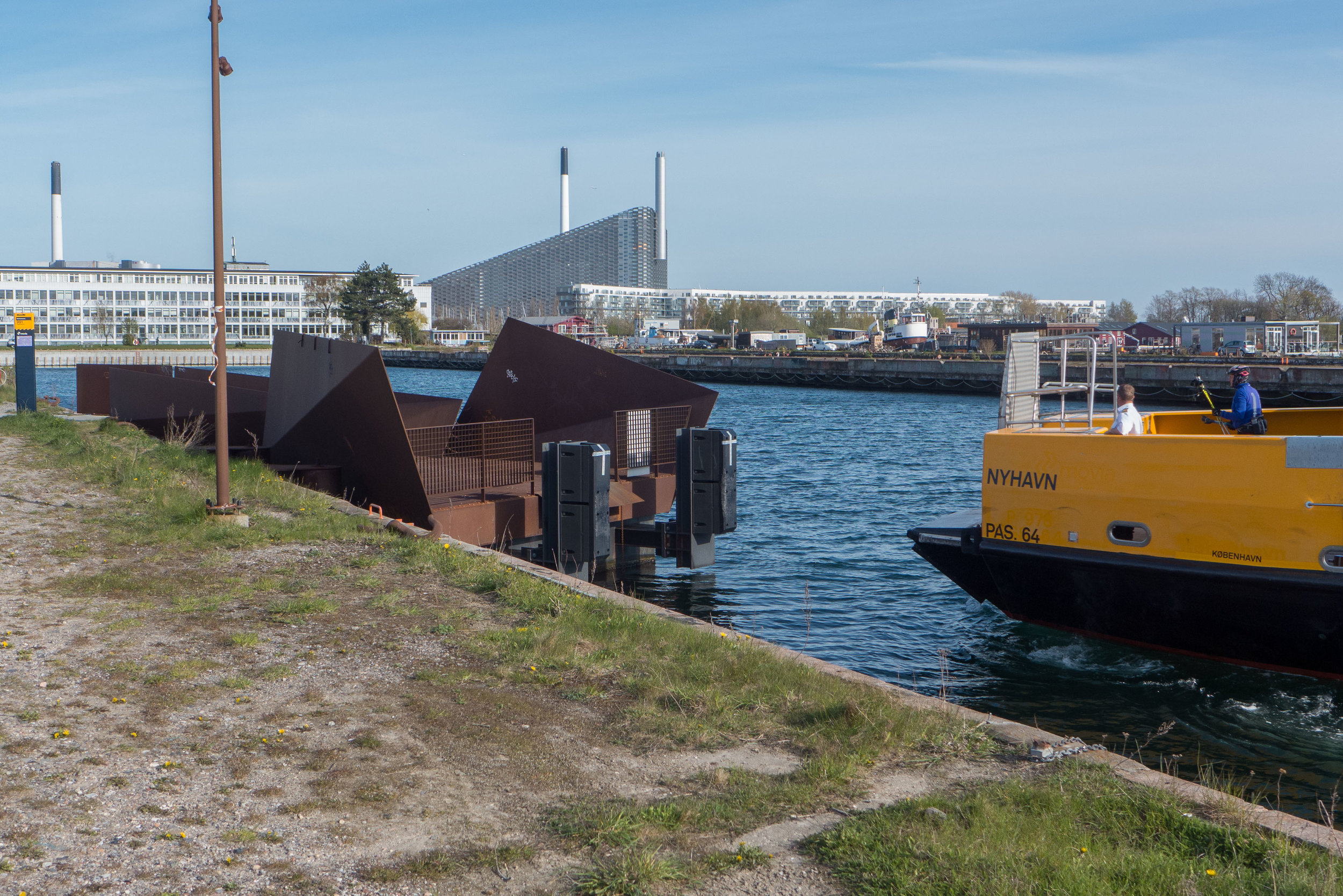
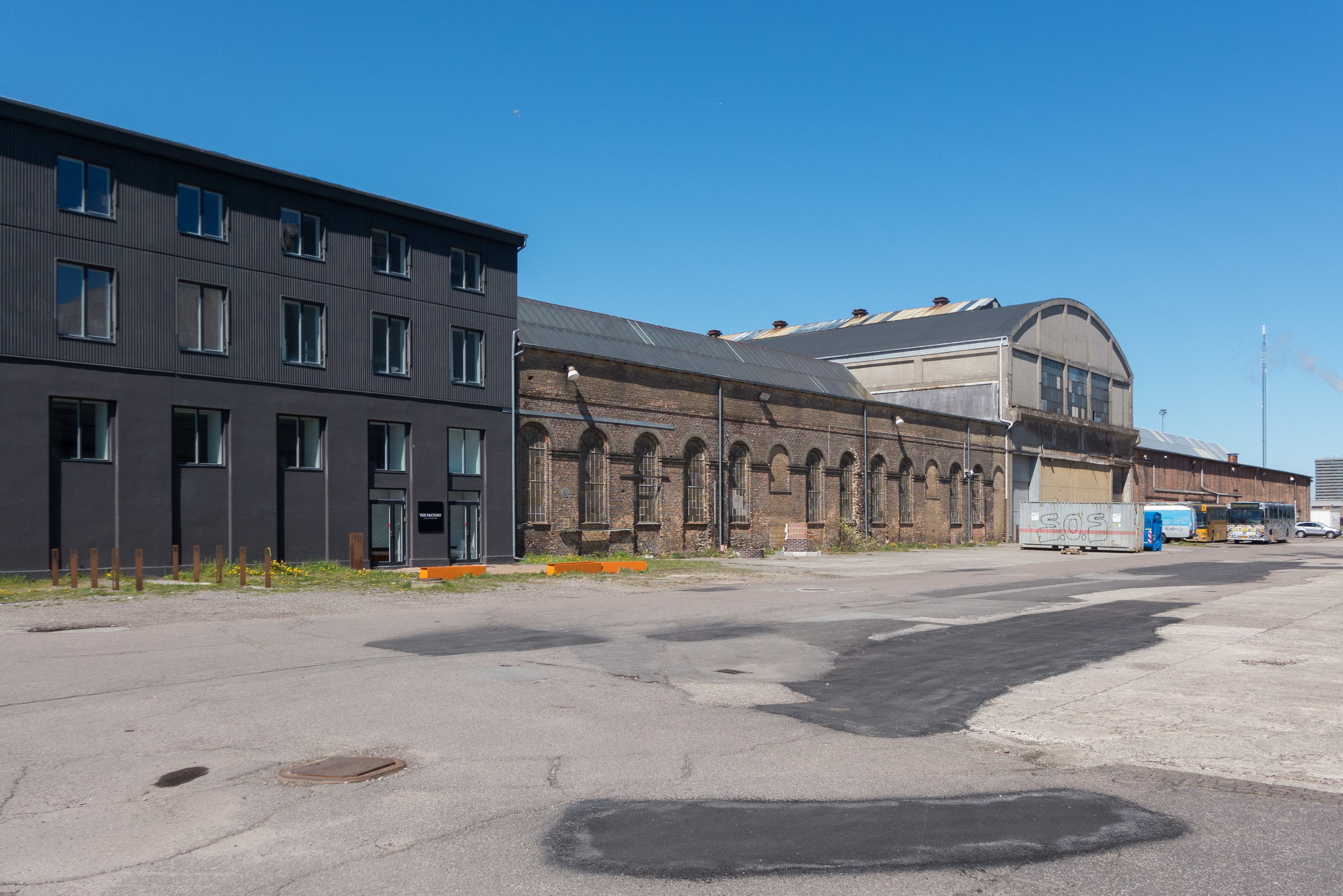
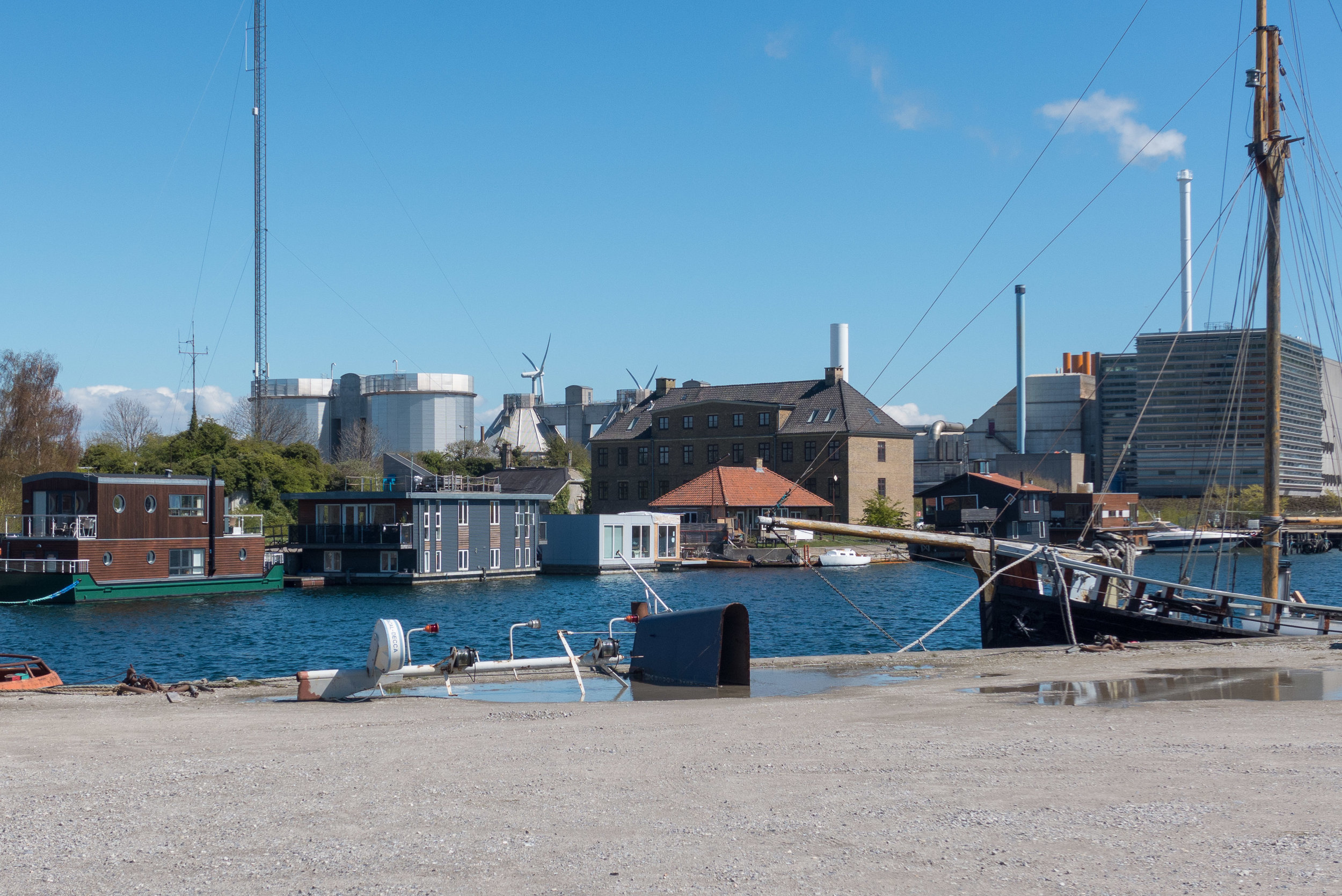
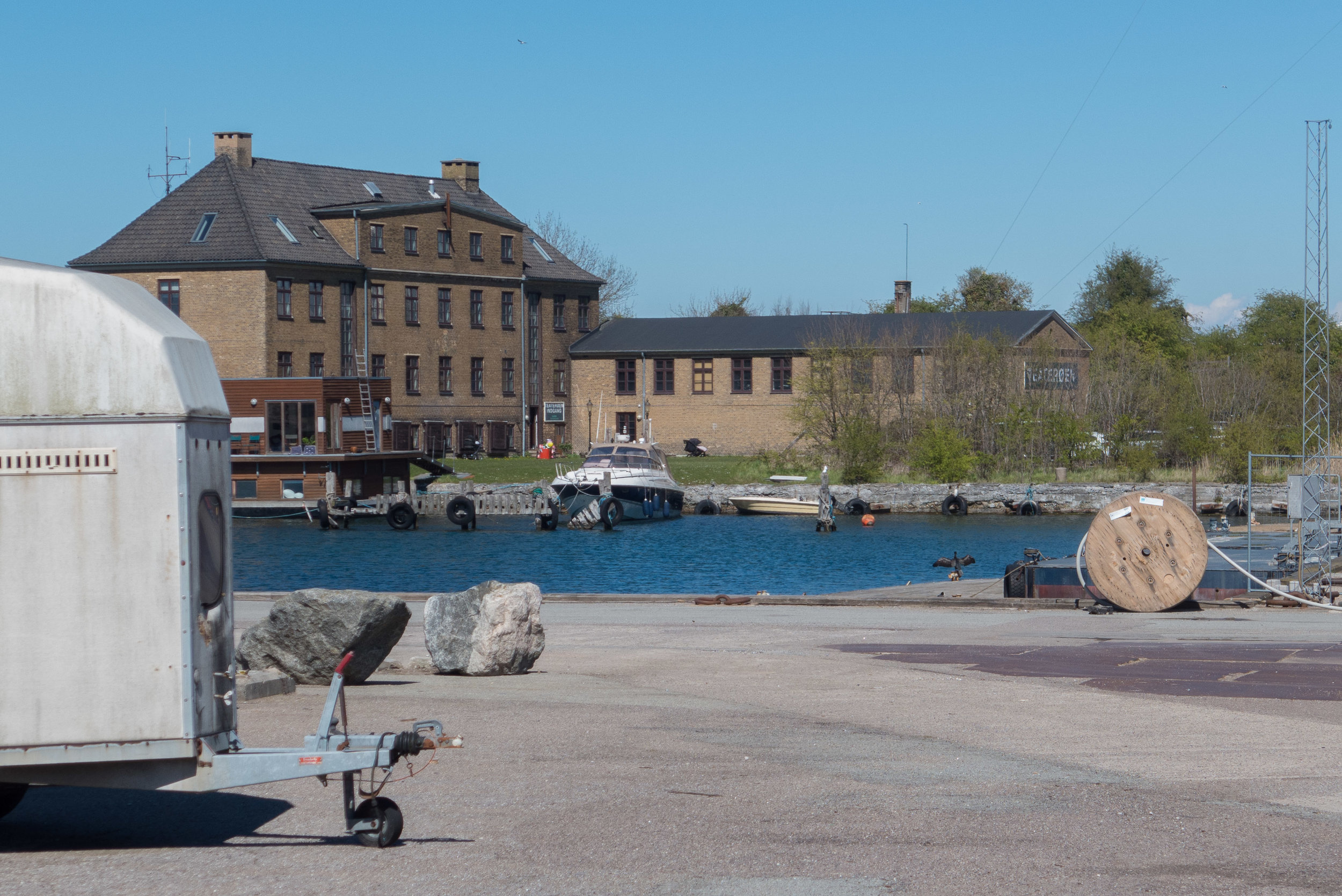
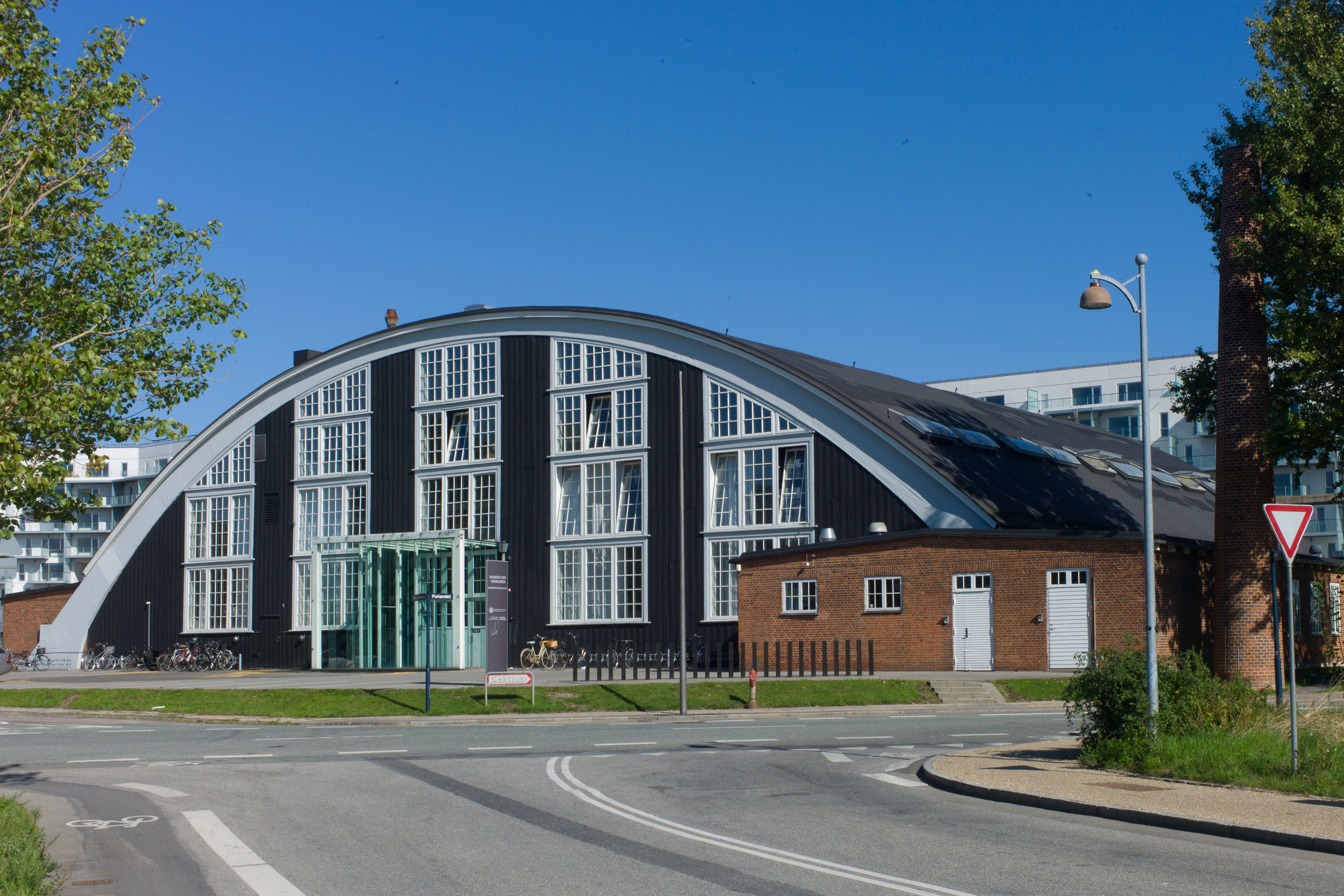
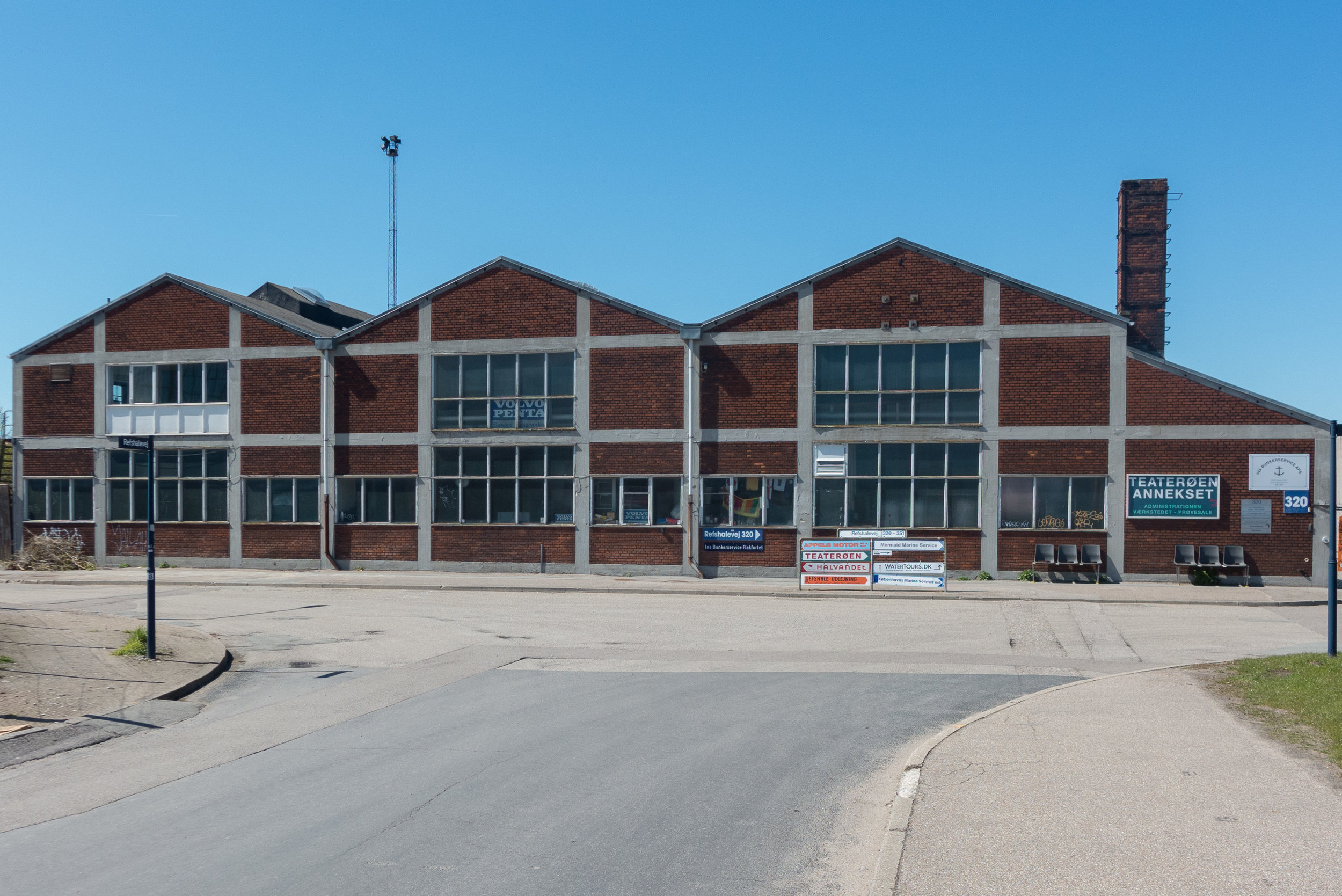
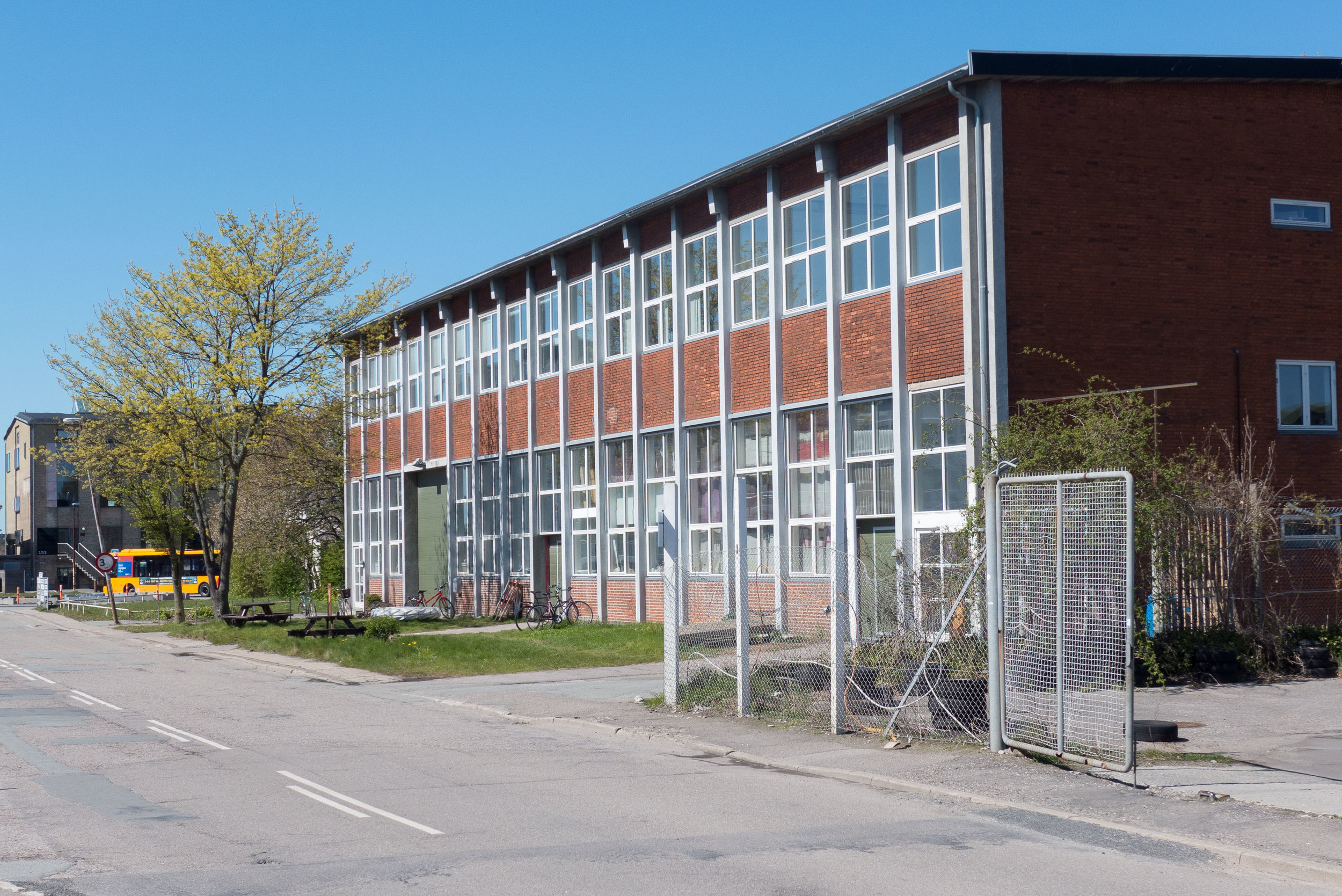
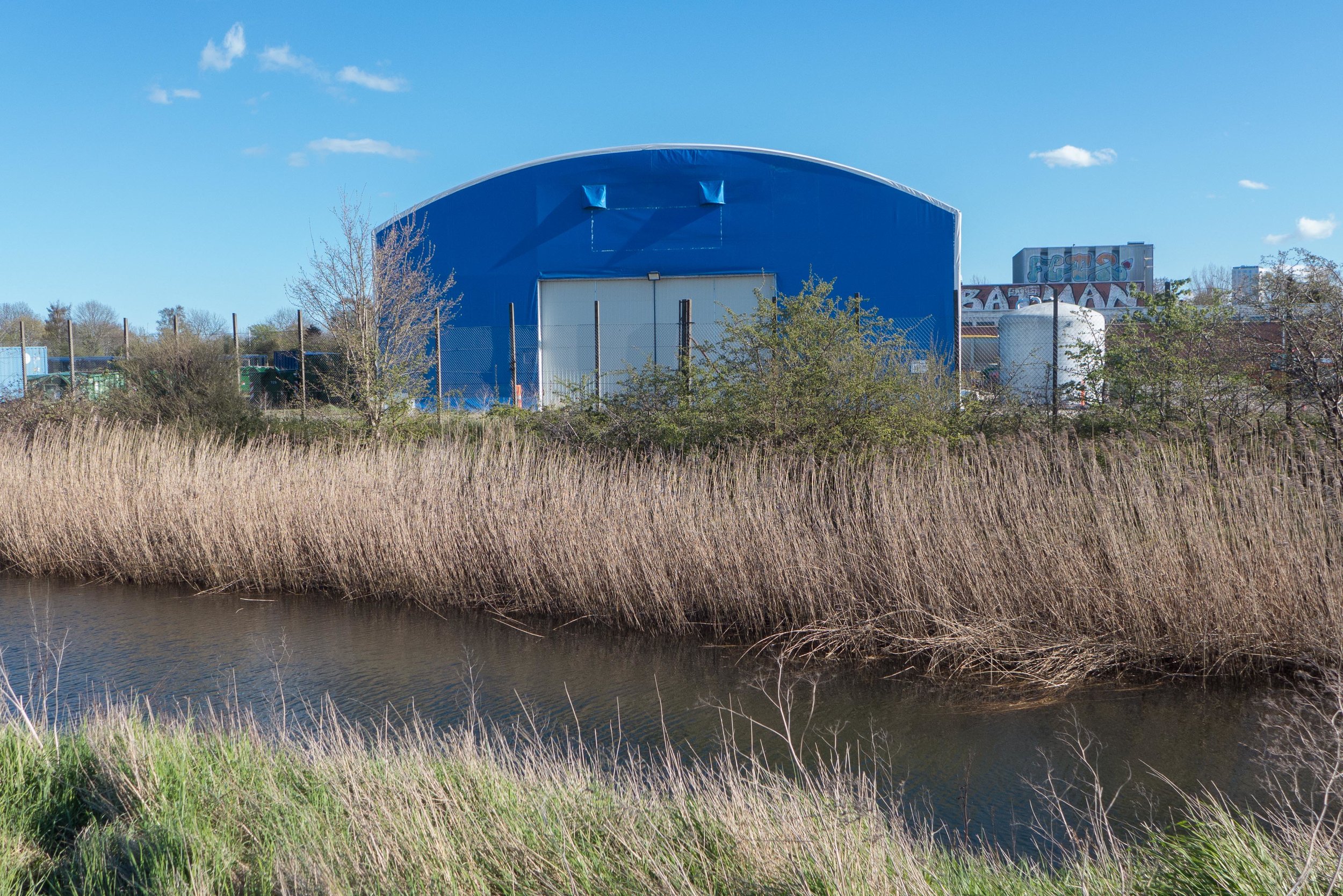
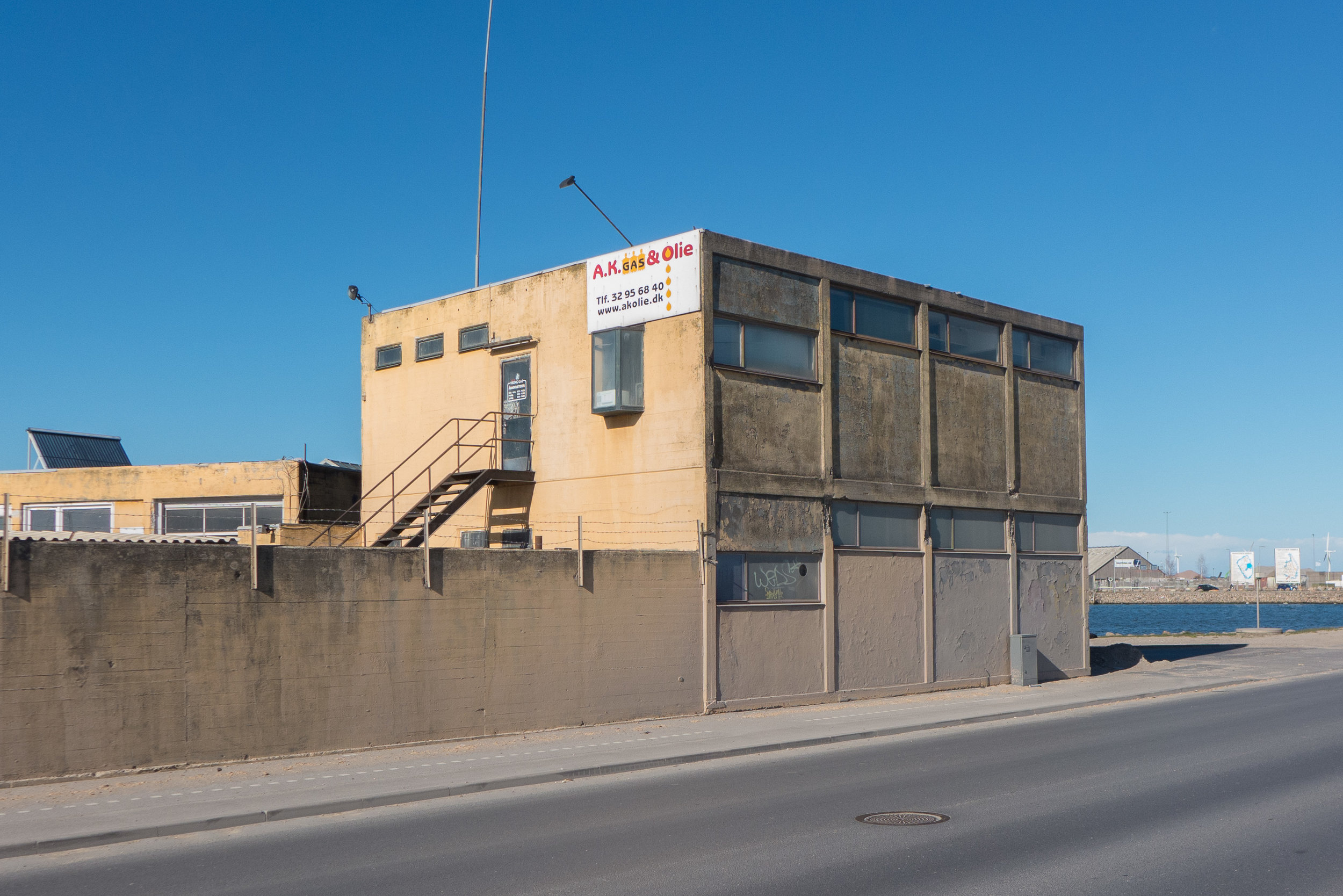
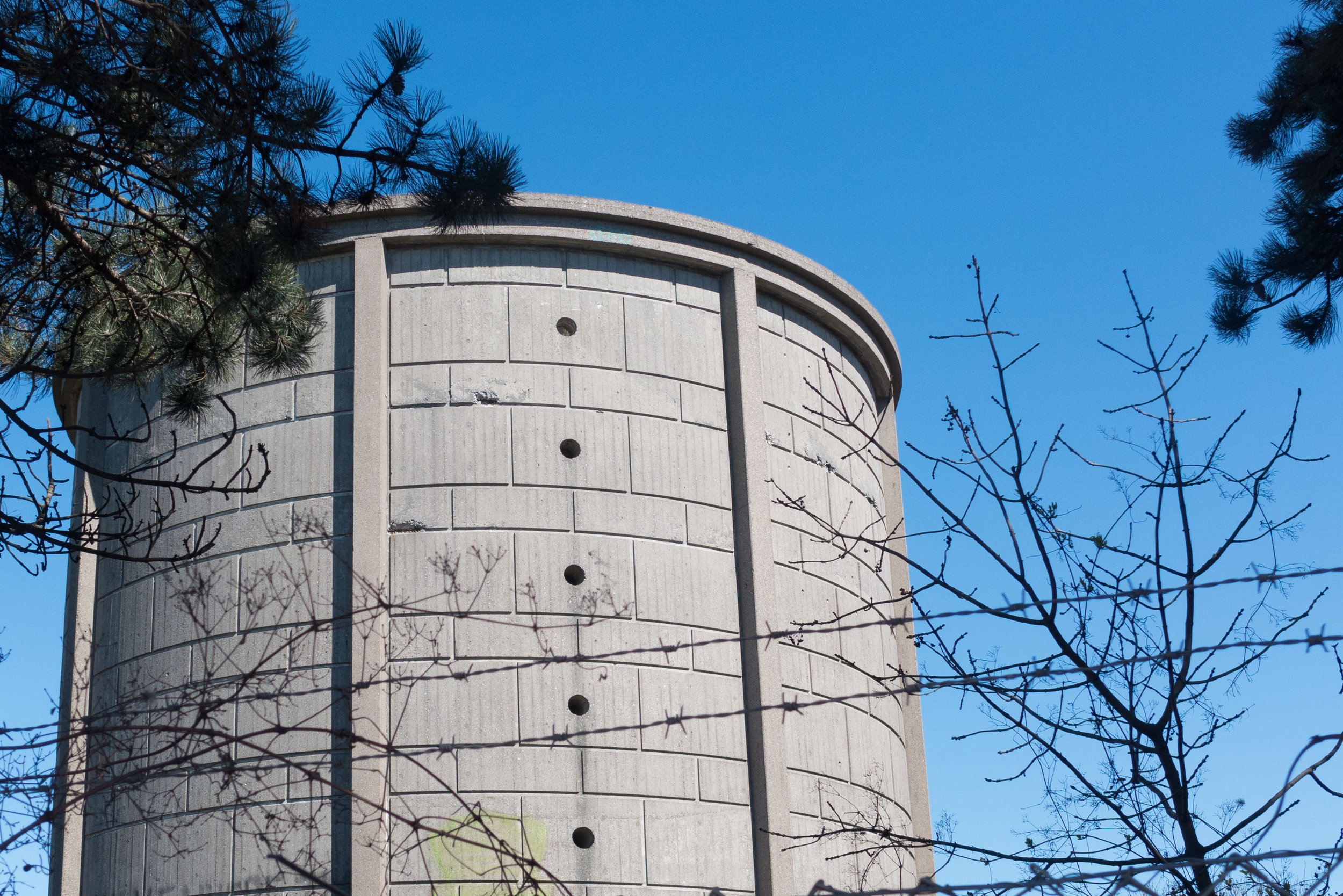

Copenhagen does not have a design quarter or design area so galleries, design stores, studios and workshops are spread over the city and out into the surrounding areas … in fact, with rising rents, few designers or makers can find a studio in the historic centre.
This means, of course, that for visitors, it takes quite a bit of work beforehand to plan a way to get to see as many people and places as possible.
Public transport in the city is good and it’s always possible to hire a bike but, even so, some areas like the part of the city at the top of Amager - the area south of Christianshavn, around the green open space of Kløvermarken, and out to Refshaleøen - doesn’t look that accessible on maps although, ironically, everyone arriving in the city at the airport and taking the metro comes first to this area that starts just where the trains dive underground.
But, starting out from the city centre, the harbour ferry and the 9A bus will get you out to the furthest parts.
Over the last week or so all the posts here have been about buildings and galleries that are well worth visiting and places to eat or have a coffee in this area … scroll on down or use the links below the map.

Burmeister and Wain was founded in the middle of the 19th century with a foundry and engine works in Christianshavn but they established a new shipyard at Refshaleøen in 1871 and by the 1930s there were 8,000 people employed in these yards.
The company survived the war and seem to have been very successful through the 1950s and 60s but struggled through the economic challenges of the 1980s and finally closed in 1996.
Since then, buildings have been demolished - air photographs of the area from the 1950s show just how many buildings, yards and docks and quays there were - but one prominent building survives - the looming concrete bulk of the Sektionshaller that can be seen as a clear landmark for visitors on the approach into the harbour - if they arrive by ferry or cruise liner - and the halls can be seen from most places on the inner harbour. That's hardly surprising as the main hall is 65 metres high, 165 metres long and about 60 metres wide.
It was built around 1960 on land claimed from the sea and behind a long line of earlier welding sheds across the west end - the front of the building seen from the harbour - and with a massive dry dock to the east that is about 240 metres long and almost 40 metres wide.
This is now a venue for major concerts and events … the sheds and dock had their moment in a European spotlight when DR (Danish Radio) hosted the Eurovision Song Contest here in 2014 but the music most associated with Refshaleøen is a bit more … well … robust so coming up is Engage on 27th May, Distortion at the beginning of June and Copenhell on the 22nd and 23rd June.



There have been a few rumours and some drawings have been published for the new NOMA in Copenhagen … one persistent rumour being that Bjarke Ingels has been commissioned to design the new restaurant although that is still to be confirmed.
The new site is at the north end of Christianshavn Vold - an arc of water and redoubts that defended the harbour - and it can be reached by walking along Refshalevej from Christiania. The restaurant will look south across the water of Stadsgraven to Dyssen ... the long narrow strip of the outer defence and the only thing that stood between the good citizens of Copenhagen and the Dutch vegetable growers on Amager.
The site is overgrown and feels remote from the city, particularly when compared with the warehouse opposite Nyhavn that has been the home of the restaurant for the fourteen years since it opened. But then at first that building felt, if not remote, then at least a bit of a hike from the centre before the new inner harbour bridge opened last summer - so it is hardly surprising that NOMA did not stay in the old warehouse and hardly surprising that they chose a surprising site.
One web post, speculating about the work planned to convert the existing buildings on the site, described it as an elongated ‘søminendepot’ which I take to mean a store for sea mines … which could explain why there are very few buildings nearby.
However, although it does feel remote, this is just a kilometre - as the sea gull flies - from the royal palace on the other side of the harbour so, when you leave the restaurant and turn out of the gateway, some months from now, there will be a clear view of the dome of the Marble Church.



With the major re-development of the Carlsberg area out to the west of the city, the events venue TAP1 had to move out and the huge industrial building they occupied has recently been demolished. No more concerts or trade events or Finders Keepers there.
However, the same team have found a new site on Amager - this time a former distillery - that is out to the east of Kløvermarken - the big open green space south of Christianshavn. The large, concrete-framed building runs parallel to the old coast railway and seems to have had high platforms all round for loading and unloading.
It is planned that the construction work for the conversion is to be completed so that the first events in the new venue can be in the Autumn and, with a building over 165 metres long and around 40 metres wide, there will be space for two separate halls so presumably they are now planning a varied and full programme.
TAP1 Raffinadervej 10



On the walk across to look at the new Pelican storage building the light was good for taking photographs of the Prismen sports and culture centre that is just to the south - on the opposite side of Prags Boulevard.
Designed by Dorte Mandrup, the sports hall opened in 2006.
This part of the city lacked sports facilities and the hall covers a large space for a variety of community activites and although its envelope of polycarbonate panels might look like an out-of-town shopping shed from the outside - the inside has amazing natural light and it feels more like a large public square that happens to be covered.
The shape and volume is deceptively simple so, although it looks like a large wedge, there is a complex relationship with buildings to the east with two traditional Copenhagen apartment buildings of U shape - both around three sides of a courtyard - and with a short street between them so the slope of the roof runs up to four high gable ends and the building closes off two courtyards and a short street. The plan is also a wedge shape that tapers in on the north and south side and forms interesting triangular public spaces towards Prags Boulevardand to Holmbladsgade to the south.
PRISMEN, Holmbladsgade 71




Work is moving forward fast to convert a de-commissioned mid century electricity sub station in the centre of the city into a new restaurant and luxury hotel.
The massive concrete building on Bremerholm - opposite the Magasin department store - has a monumental facade of bronze slats that was designed by Hans Hansen from the city architects office and completed in 1963.
Acquired by the Kähler Group, the hotel will be called the Hotel Hermann K after the potter Hermann Kähler who established the ceramic factory in Næstved in 1839. The hotel will be part of the Brøchner group that includes SP34 and the Hotel Astoria at the central railway station.
A massive new doorway has been cut through the front and inside there is a high and dramatic entrance area.
There is a light and sound installation on the recently completed public space of Ofelia Plads immediately north of the theatre and across the harbour from the opera house in Copenhagen. It is by the collective Obscura Vertigo with a soundtrack by the sound designer Peter Albrechtsen. Pulses of light respond to the movement of people as they walk along the pier through the line of forty triangles.
Continues until 5 March.
The next few days are your last chance to see Our Urban Living Room, Learning from Copenhagen ... the exhibition at the Danish Architecture Centre about the work of COBE the Copenhagen architecture studio. It closes on the 12th January.
Danish Architecture Centre, Strandgade, Copenhagen
Somehow over Christmas they seem to find space for even more lights in the gardens at Tivoli.
explore copenhagen design news by category …..
.... and longer articles about architecture and design are posted on danish design review
Powered by Squarespace